In my previous two columns I’ve talked about what happens when we die, the moment of death and just after death. I also wrote about what your send-off could be – simple burial, cremation or even your ashes being put into fireworks and blasted into the sky.
Thanks for your feedback so far, screeds of emails in fact. A very mixed bag in there, as always! Good to hear that many of you also think about these big questions, ie death and what it all involves.
And one reader did point out to me that we have a third option, ie donating our body to medical science. Well spotted that man.
Another reader posed a brilliant question. He said, almost as if he were thinking out loud: “Do we actually know the moment we die?”
I had to really think about that one for a long time before replying: “I have no idea!”
Great question though, and one I will ponder on.
The right to die is based on the idea that we human beings are entitled to end our own lives at a time of our choosing.
Consider the words, “our” lives… our choosing. If we believe, as we do in this country, in freedom of choice, then it’s a no-brainer. Of course we should be allowed to end our lives at a time of our choosing.
But it’s nowhere near as simple as that.
In fact, it’s a very complicated and highly emotive subject. Passions run high on both sides of the debate, and rightly so.
Assisted dying is legal in many countries, including New Zealand, Switzerland, Canada, Australia and parts of America. It is not legal in the UK, but many feel the law needs to change, and dramatically so.
This is by no means a definitive list, but these are among the arguments from both sides. Firstly, arguments from those against assisted dying.
The argument against
It is the beginning of a slippery slope and will have dire consequences. It could give doctors or hospital managers the right to decide whose life is not worth living, and therefore end it.
It could lead to either the old, sick or disabled feeling like a burden to society, and therefore vulnerable to pressure, ie that assisted dying is an option they should consider.
It will create a situation where some patients are seen as disposable/not worth keeping/better off gone, possibly for monetary reasons.
Other options are already available, i.e. palliative care and hospices.
It could never be controlled properly and is open to abuse.
Vulnerable patients may feel they are a financial or emotional burden on their families and therefore be pressured to end their lives.
Asking a doctor to end a life goes against everything they stand for. It’s a doctor’s job to heal the sick, not facilitate death.
Assisted dying is rife with dangerous loopholes and consequences.
Now on to the arguments in favour of assisted dying.
The argument for
Allowing people the right to die with dignity is far kinder than forcing them to continue their lives with suffering.
Every human being should have the right to choose when to end their life.
It can be safely regulated by legislation, to make sure that no one is forced to end their life if it is not what they wish.
It does not go against what a doctor stands for, and a doctor should help the patient to “die better” if that is the wish of the competent patient.
According to Dignity in Dying, every 10 days someone from the UK travels to the world-famous Dignitas clinic in Switzerland to help end their life. This puts huge stress on the patient due to the travel involved, and it costs thousands of pounds, which means only those who have money can choose this option.
And of course, a family member who has gone with their loved one and was present during the procedure risks prosecution and imprisonment on return to the UK.
Apparently, hundreds of terminally ill people in the UK who have had enough, take their own lives each year, with thousands more attempting to do so. Those on the pro side say that if assisted dying was legal here, there would be no need for this and it would remove the fear, worry and stress for those who want to end their life in a professional controlled and dignified manner.
Powerful arguments from both sides.
My personal thoughts
For the record, I am not neutral on this subject. For as long as I can remember, I’ve been pro assisted dying, but not massively. That was until I heard about Tony Nicklinson. It was his case that made me come down firmly in the pro camp.
In 2005, Tony Nicklinson suffered a huge stroke which left him paralysed from the neck down and unable to speak. He then had to endure what is termed as “locked-in syndrome”.
Tony could only communicate by blinking his eyes – the letters he identified were then turned into words by computer software so we could hear “him” speak. He said his life was a “Living nightmare”.
For seven years, this once physically active man could not move a muscle. He could do nothing other than blink his eyes. Please take a moment or two to ponder that.
In 2012, Tony took his right to die case to the High Court, he wanted a doctor to be able to end his life without fear of prosecution. The court ruled against him.
I don’t think I’ve ever felt so strongly for the plight of another human being as I did that day.
On losing his case, Tony commented: “I am saddened that the law wants to condemn me to a life of increasing indignity and misery.”
I remember watching Tony give an interview where he explained his “life” with locked-in syndrome. He then cried. As I watched him, tears ran down my face.
After the court ruling, his family said that the fight had gone out of him, he was heartbroken and crestfallen. Tony refused further food and medication and passed away days later.
I challenge anyone who is totally against the right to die to watch Tony, then try to convince me the court gave the correct decision and no one should be allowed to die at a time of their choosing.
If someone like Mr Nicklinson, who wants to be allowed to die, which would end his living nightmare, how can anyone deny him this? I just don’t get it.
Personally, I wonder if those who are fundamentally against it may well change their minds if they were ever to find themselves in his position.
I think we really need to have an open, honest debate on the right to die, and if most people are for it, then parliament should get the law changed.
As for any religious argument, I’m sorry, but faith is something personal. If someone chooses to believe in God and would never end their own life due to it being against his wishes, I have no problem with that. But I do not believe that they should be allowed to stop someone else from choosing to die.
For me, the strongest argument by far given by those who are against assisted dying is this: “Assisted dying is rife with dangerous loopholes and consequences.”
I accept that, and it does concern me. But surely if we can split the atom, and fly to the moon, we can come up with legislation that tackles the above concerns? To do nothing, to shy away from it, to hide our heads in the sand over the issue, should no longer be an option when so many are suffering.
It just occurred to me; in some countries it is legal to give a lethal injection to murderers on death row, but not legal to give a terminally ill person who wishes to die a similar injection to end their suffering.
Doesn’t add up to me.
The right to die is a highly emotive subject indeed. Where do you stand on the issue?
Next week: Mediums – one big con trick or the real thing…
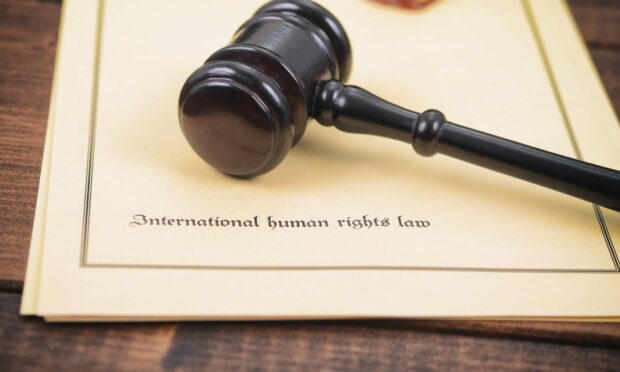

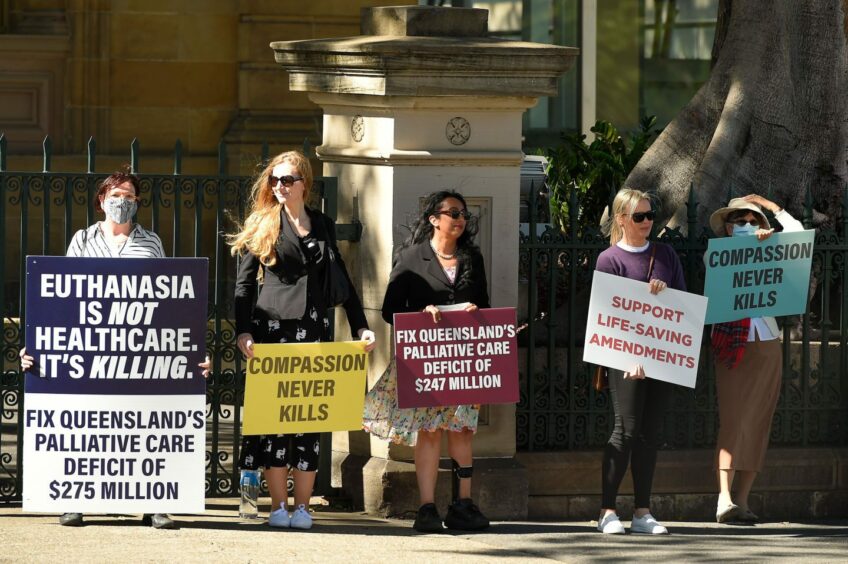
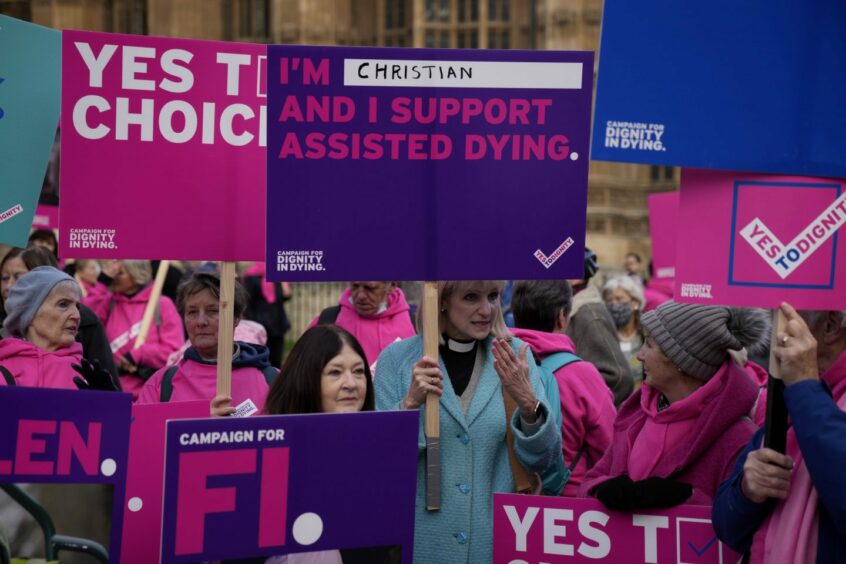
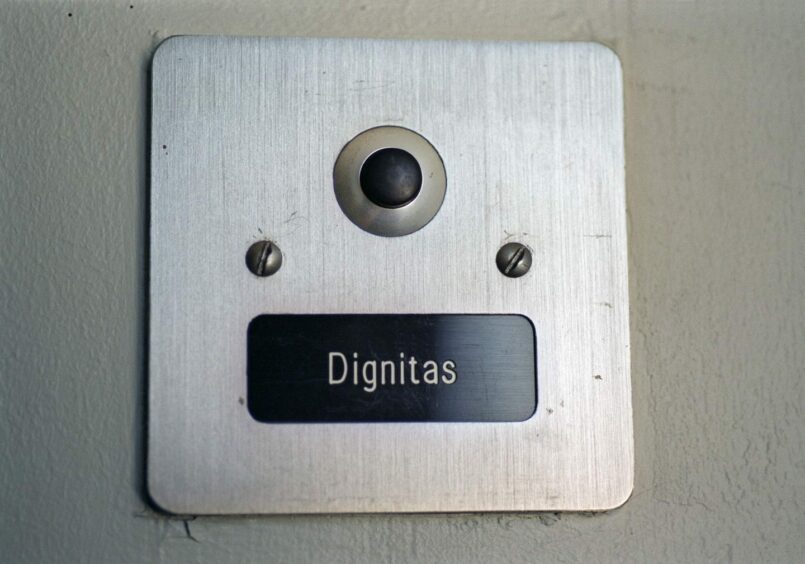
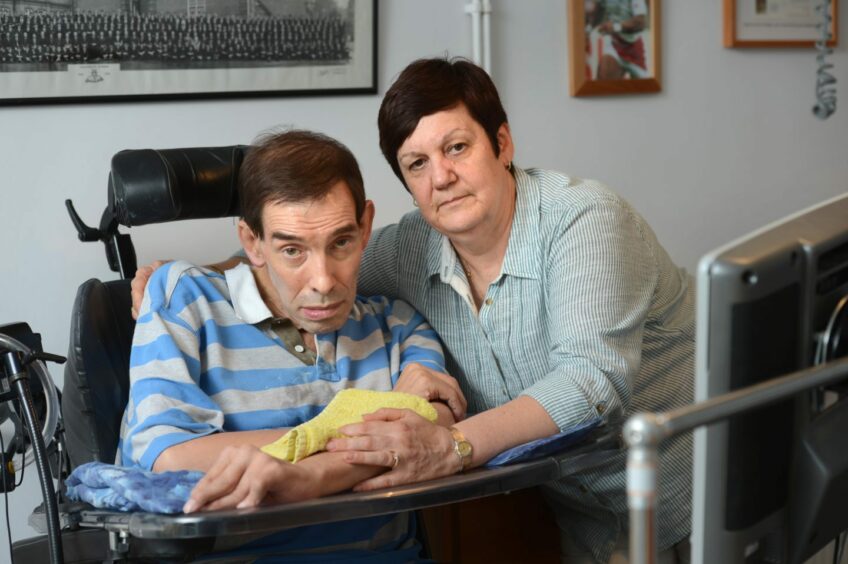


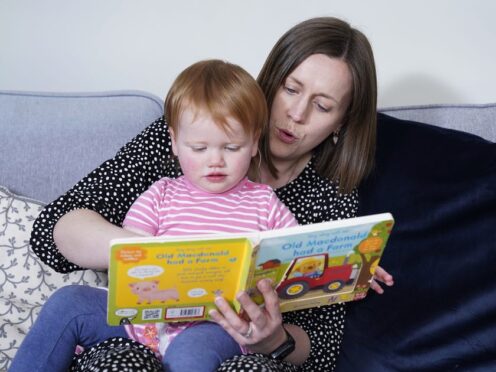
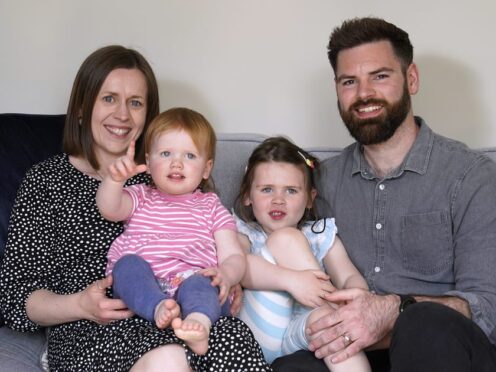






Conversation